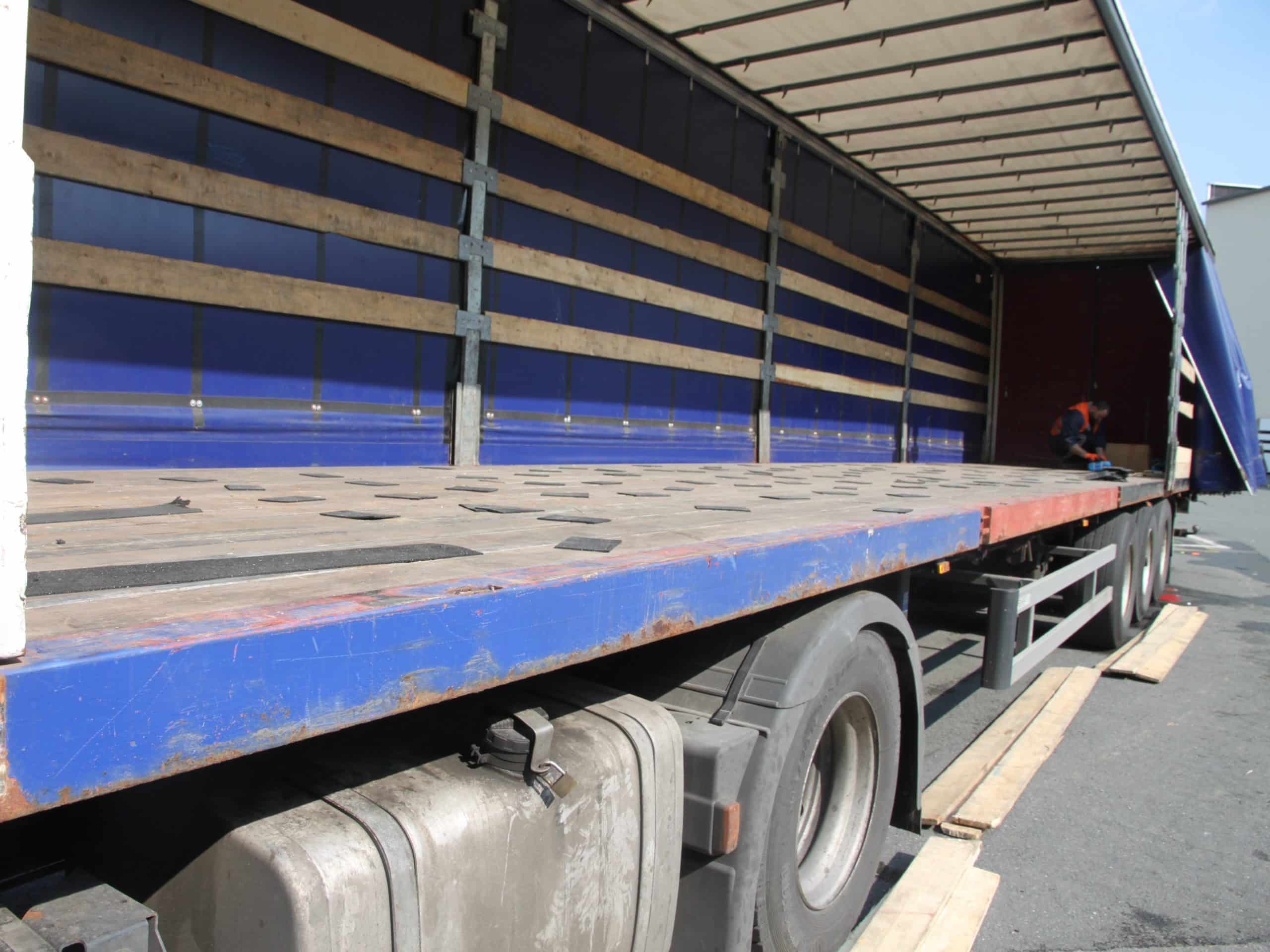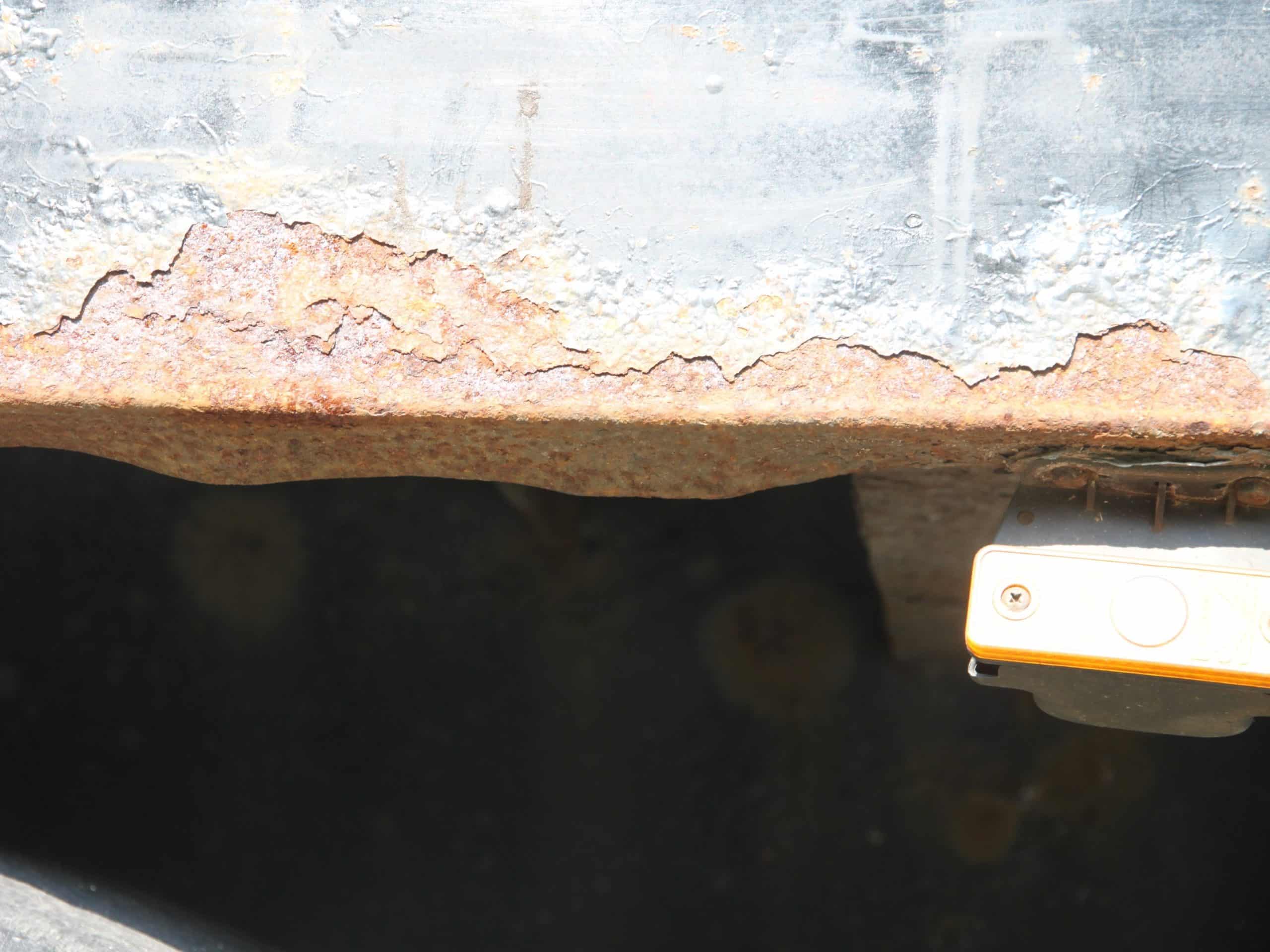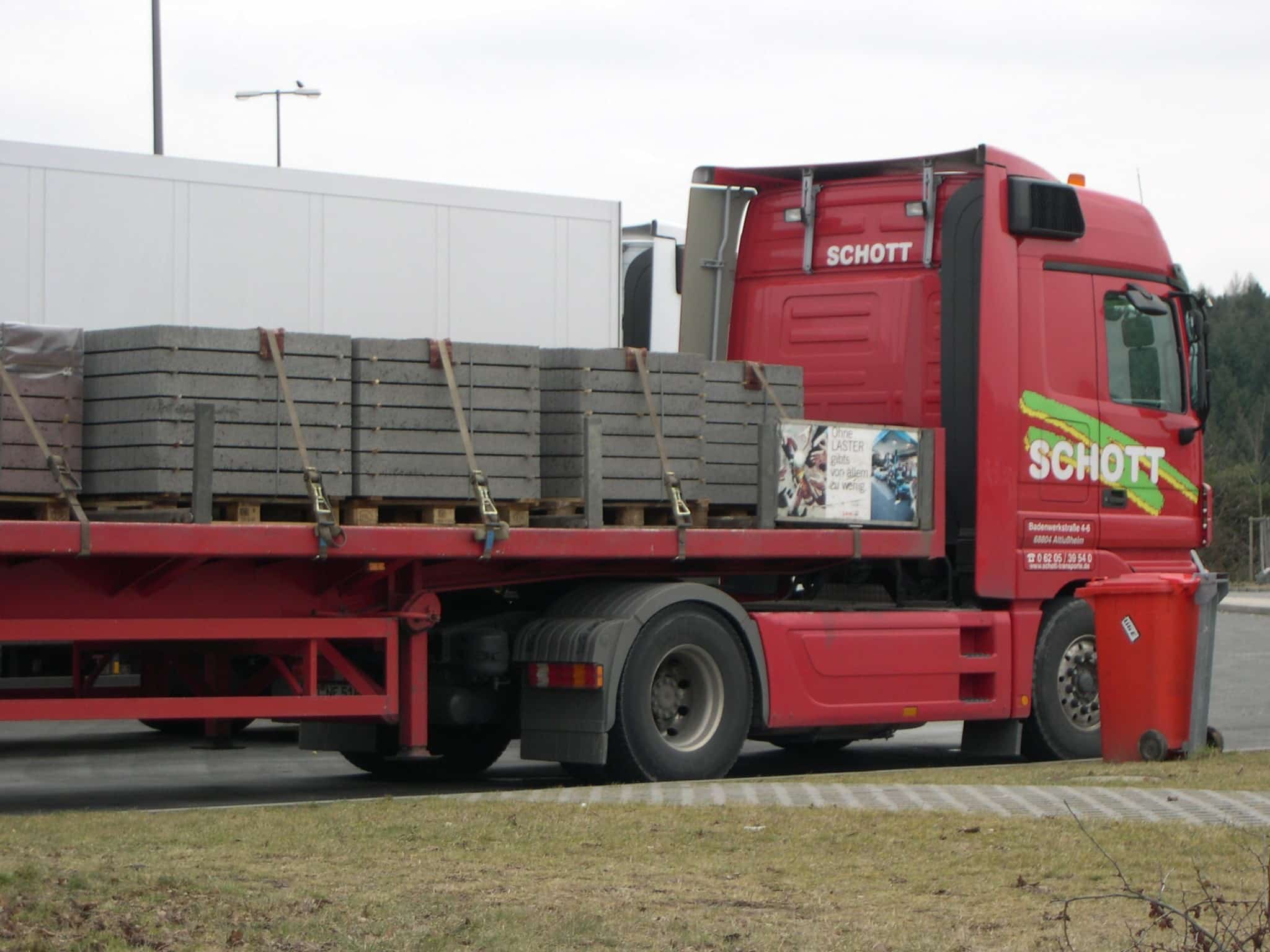
Now 10% off all Ergolash lashing straps save now! Voucher code: ergo10 | Valid until 31.05.2025
Many people are involved in the transportation of goods in order to achieve a common result. The common result is the safe transportation of goods from the producer to the consumer.
In between, there are several transportation phases in which the goods are subject to the so-called TUL loads. TUL stands for transportation,handling and storage.

At every stage, the goods/cargo must be secured in such a way that the TUL loads do not damage the products, render them unusable or even cause them to be lost. People who approach their tasks with more or less expertise are involved in all phases.
I would like to look at this problem from the following points of view:

They are often based on the fact that there is a considerable lack of information between two parties.
This could take the form, for example, of a consignor booking a pallet space for his loading unit with the general cargo forwarder. The general cargo forwarder tacitly assumes that it is a Euro pallet.
During loading, it turns out that the load carrier is actually a Euro pallet, but the load protrudes considerably beyond the edges of the pallet. This immediately raises the question of how the load can be secured.

A company builds equipment and orders a truck from a freight forwarder. When loading the system, you realize that the lashing points on the loading area are not in the places where they are needed.
The shipper has assumed that the truck has a perforated strip. In doing so, he overlooked the fact that the perforated strip is not a prescribed feature in EN-12640. Only the strength and distribution of the lashing points in the loading area are regulated there.
This semi-trailer from England has only three lashing points on each side of the loading area. Loading was refused.

This picture of the same trailer shows that shippers attach the straps to the frame in an emergency.
However, the bends are an indication that the frame is not designed for such loads and will give way.
It is necessary that both the vehicle and the required securing equipment are precisely defined.
Details of the load: Number of load carriers, their weight and dimensions, as well as an indication of whether the center of gravity is centered or off-center. A truck with a pre-load is not loaded.
Of course, it must be ensured that the equipment and the general condition of the train are checked before loading the truck. It is of little use to load the truck and run the risk of the inspection authorities stopping it due to obvious technical defects and the customer not receiving his goods or receiving them too late.
A common misjudgement is the behavior of the load in the event of emergency braking or evasive action and its direction of movement.
It is often the case that heavy loads are simply lashed down on the trucks. Presumably on the assumption that a belt with the specification LC=2,000 daN can also secure a load of 2,000 kg. This assumption is simply wrong. The belt could achieve its maximum effect if the load were to fly off, but not if the driver has to brake.


Looping the belt or chain through the towing eyelet only provides a forward securing force.
In the event of a swerving movement, the chain/belt would slip and the wheel loader would slide off the low-loader.

This load was secured with chains and straps at great expense. It would still move in the event of emergency braking. Neither the chains nor the belts could prevent this.
The friction is too low (metal on metal) and the angles too flat, which is why the proportion of the preload force acting vertically is too low.
It is necessary for users and stakeholders to take a closer look at their area of responsibility and understand the issues involved. In the organizational area, the laws, regulations and rules must be translated into specific instructions for those carrying out the work.
In practical application, the possible direction of movement of a load in the event of emergency braking or evasive action must be determined. As a rule, the direction is always horizontal.
Only then can it be determined whether a force-fit securing method (tie-down lashing) would be sufficient or whether a form-fit method (form-fit to superstructures, direct lashing, head lashing, etc.) would be more appropriate and effective.
Yours, Sigurd Ehringer
<< Previous post
Episode 13: Securing the container door
Next post >>
Episode 15: How does a twistlock work?

Sigurd Ehringer
✔ VDI-zertifizierter Ausbilder für Ladungssicherung ✔ Fachbuch-Autor ✔ 8 Jahre Projektmanager ✔ 12 Jahre bei der Bundeswehr (Kompaniechef) ✔ 20 Jahre Vertriebserfahrung ✔ seit 1996 Berater/Ausbilder in der Logistik ✔ 44 Jahre Ausbilder/Trainer in verschiedenen Bereichen —> In einer Reihe von Fachbeiträgen aus der Praxis, zu Themen rund um den Container und LKW, erhalten Sie Profiwissen aus erster Hand. Wie sichert man Ladung korrekt und was sind die Grundlagen der Ladungssicherung? Erarbeitet und vorgestellt werden sie von Sigurd Ehringer, Inhaber von SE-LogCon.
Rothschenk assortment
Our customer center has only one goal: to turn your problems into solutions. Whether standard stowage cushions, bestsellers or load securing personally tailored to your needs -. we accompany you consistently from A as in field service to Z as in certification. That is our promise to you, as a leader in our industry.
We attach great importance to professional cargo securing. That is why we have our own production, which ensures reliable operation through modern manufacturing technologies and strict quality control. Thus, we offer our customers a comprehensive and high-quality range of services in the field of transport logistics.
DIN ISO 9001:2015, EMAS and Ecovadis are not foreign words to you? Then it's time to work with the best.
You don't take any risks with us - we have been awarded the Platinum Medal on the EcoVadis sustainability rating platform.
As a load securement company, we are proud to have several certifications that validate our sustainability efforts and our commitment to environmental protection and social responsibility. For you as a purchaser, this means that we demand and promote the implementation of high environmental and social standards both within the company and along the supply chain.
You are currently viewing a placeholder content from Google Maps. To access the actual content, click the button below. Please note that doing so will share data with third-party providers.
More Information